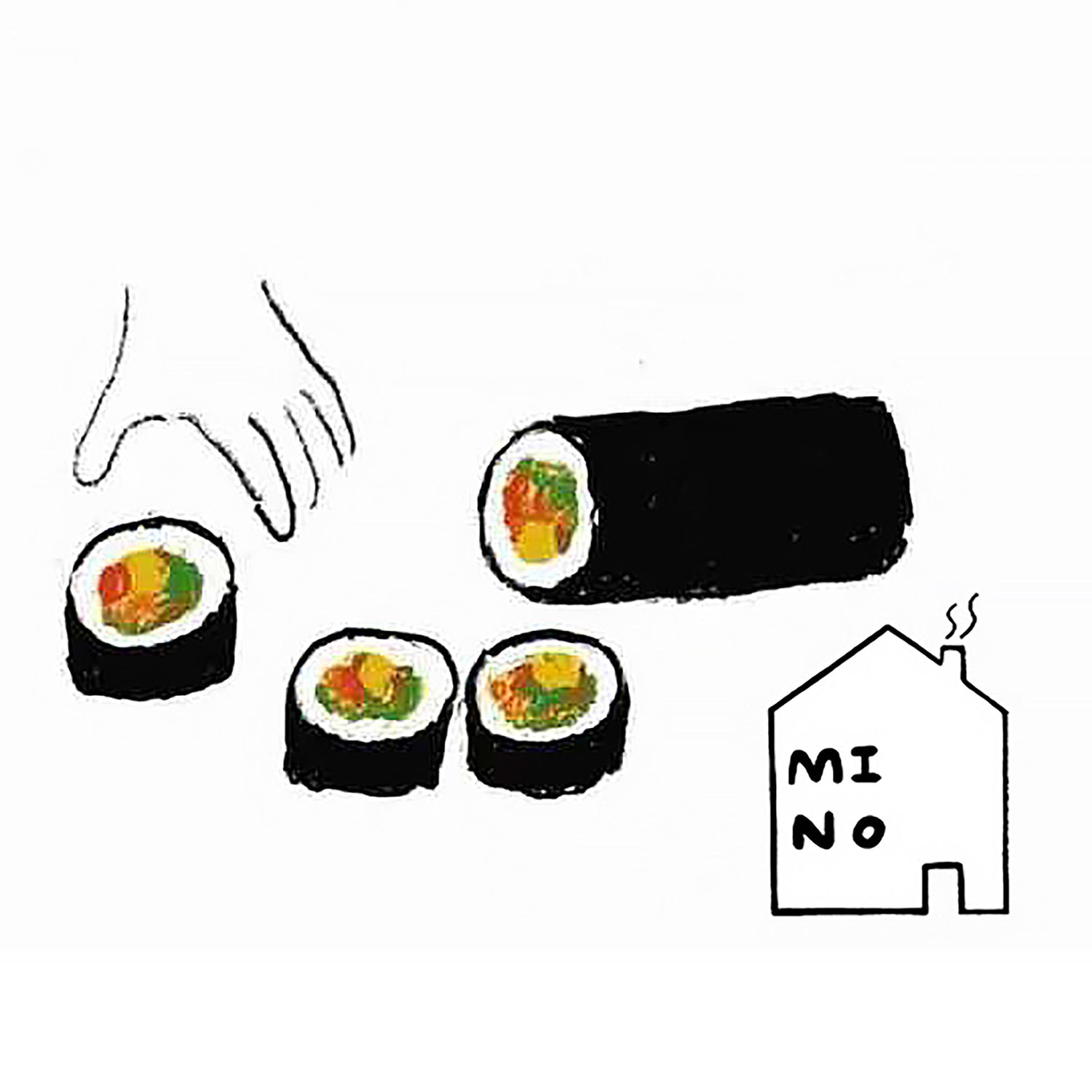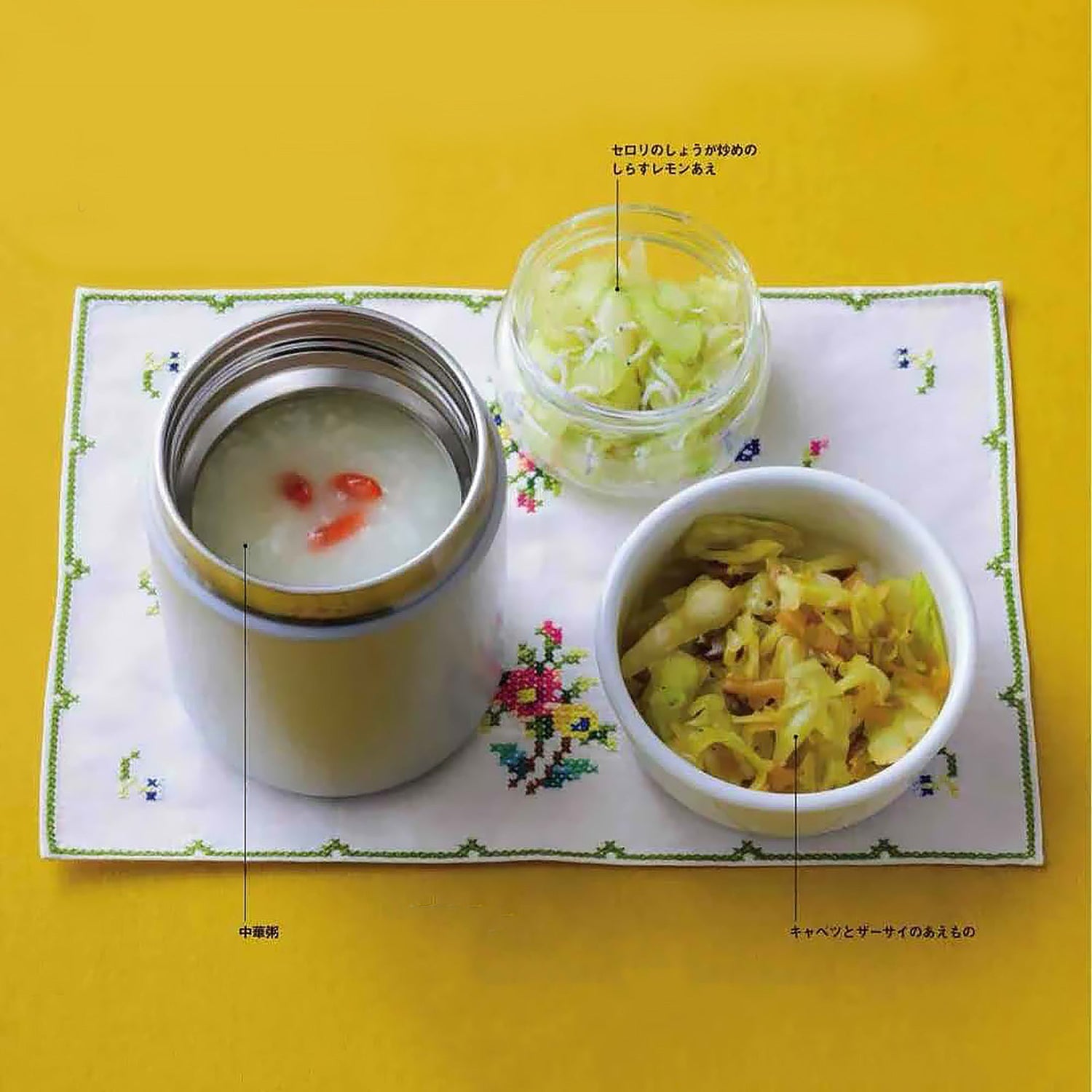
Seto City is located in northern Aichi Prefecture, east of the Nobi Plain and the Tōbari Hills region. This area has rich Seto strata, providing high-quality clay soil, and the mountainous areas provide forest resources needed for firing ceramics. As the historical center of ceramic production in Japan, the term "Seto-mono" refers to ceramic products from this area, which has been renowned for its ceramics since ancient times.

• Area: 111.40 km²
• Total population: 130,047 people (as of March 31, 2018)
• Climate: Average temperature of 16.4°C, precipitation of 1,567.5 mm (in 2015)
• Specialties: Ceramic industry, Akazu-yaki (traditional crafts), Seto sometsuke-yaki (traditional crafts), Seto specific products, ceramics, fine porcelain, glass objects, etc.
• Number of ceramic establishments: 189, number of employees: 2,554 (in 2013)
(Number of establishments at the top [1978]: 1,666, number of employees: 14,693)
• Origin of the name: According to a legend, the name "Seto" comes from the word "Seto" meaning "narrow passage between mountains"; "Tōsho" (place of pottery) was transformed into "Seto".
• Environment: Surrounded by hills 100 to 300 meters above sea level, with a pleasant climate.

• Seto City, Aichi Prefecture
-
“Cradle of Ceramics” and one of the world’s leading production centers
Seto is a rare place where ceramic production has continued uninterrupted for a thousand years. In Japan, the term "Seto-mono" comes from Seto-yaki, which has led the production of ceramics throughout its history. The origin of Seto-yaki dates back to the second half of the 5th century, when Sueki ceramics were produced in the Sarutobi kiln located in the Higashiyama hills region of present-day Nagoya. This geological region of Seto offers abundant natural resources, such as quality clay for ceramics, frog's eye clay, and silica sand for glassmaking, thus promoting the development of the pottery industry. • Characteristics of ceramics
• Characteristics of ceramics
Seto ceramics are known for their beautiful white earthenware, which reflects the style of Chinese porcelains such as celadon and white porcelain. They are made from wood clay and frog's eye clay extracted from local quarries, which have high heat resistance and good plasticity, while being virtually free of iron, allowing for the creation of bright white ceramic pieces. These earths are used to produce various glazed products, becoming a distinctive feature of Seto-yaki. The use of blue pigments (tokusa) on this white earth creates a blue hue, developing the distinctive technique of Seto sometsuke. Recently, this technique has been applied to produce high-quality ceramic products, improving the performance of the pieces.

• Reasons for millennial continuity
The exceptional quality and richness of the clay reserves have contributed greatly to Seto's longevity. The geological formation of Seto consists of the Seto Layer Series, formed by deposits dating back approximately 10 million to 2 million years. This series includes sands and clays, with high-quality clays such as "mokusei" and "kao-me" for pottery, as well as silica sand for glassmaking. These abundant resources have enabled Seto to produce a wide variety of ceramic products.


• Reasons for millennial continuity
Seto’s longevity is based on its ability to flexibly integrate new technologies and cultures, giving it unique characteristics. With the changing times and lifestyles, Seto has been able to adapt and innovate, becoming a byword for Japanese ceramics. Thanks to the efforts and expertise of its ancestors, Seto is renowned for its motto “Here, nothing is impossible in ceramics,” producing a variety of works. Today, its products extend beyond traditional Japanese and Western tableware to include innovative designs, building tiles, insulation materials, and high-quality ceramics, making Seto a unique place in the world of ceramics.

• End of the Heian period – Beginning of the Kamakura period
- Production of ash-glazed ceramics begins in Seto
From the 10th century onwards, Sarutobi kilns gradually expanded into the Chita and Mikawa regions, and kilns producing ash-glazed wares also emerged in Seto in the second half of the 10th century. This period saw the production of ash-glazed wares primarily for use in neighboring regions. In Seto, ash-glazed wares included various types of bowls and other utensils, as well as bases for green-glazed wares, indicating related production activities. However, from the mid-11th century onwards, with the increase in mass production, the forms became simpler and cruder, with production moving towards a reduced number of types of utensils.

• Muromachi period
- The Rise of Ancient Seto
In the late Kamakura period, in addition to ash-glazed ceramics, iron-glazed wares emerged, followed by pieces decorated with printed, applied, or painted designs, creating a wide variety of decorative ceramics. During the Muromachi period, the types of ceramics became increasingly diverse, encompassing not only bowls and small dishes, but also cooking and serving utensils, becoming everyday consumer products. Influenced by the maritime policies of the Ming Dynasty, imports of Chinese ceramics declined, leading to an increase in the production of everyday utensils to meet the growing demand in cities, ports, and lords' residences throughout Japan.

• Early Edo period
- Ceramic production at the time of the great furnace
In the early Edo period, the traditional forms of large kilns diminished, giving way to new creations such as Omuro tea bowls and Yao tea bowls. Specialization in production intensified, with Seto Village focusing on kitchen utensils and lamps, while Akazu and Shimo-tsuno Villages specialized in mortars, pitchers, and other cooking and storage tools. Handa Village, meanwhile, dedicated itself to the production of incense burners and religious utensils. In addition to producing these everyday items, master craftsmen also created unique pieces, many of which are still admired today.

• Modern era
- Start of porcelain production and world fame of Seto
At the end of the Edo period, porcelain production officially began. Before that, ceramics were mainly known as "hon-ye" (main ceramics), while new imported porcelain was called "sometsuke-yaki" or "shin-sei-yaki". Unlike ceramic production, which was reserved for eldest heirs, porcelain production allowed younger sons and other family members to engage in manufacturing, leading to rapid diversification. Seto porcelain centered on "sometsuke" with bright colors achieved through cobalt pigment. This distinctive Seto technique was established during the Bunka and Bunsei periods under the guidance of Nanga school artists and scholars such as Yokoi Kin'ei. During this period, many renowned master craftsmen emerged, including the brothers Kato Min'ichi and Kato Tadanari, as well as successive generations of Kawamoto Harubei.

• Modern era
- Establishment of Seto Ceramic Town
Since the mid-Meiji period, with the introduction of power machinery and electricity, the Seto ceramic industry has gradually established its basic infrastructure. The manufacturing technique has evolved from hand-throwing to machine-throwing, from drawing to screen printing, and from wood-fired kilns to coal and oil-fired kilns. To meet the demand for large-scale production, a suitable production system has been established, enabling the production of not only tableware and decorative items, but also sanitary ceramics, tiles, chemical products and construction ceramics, as well as innovative small crafts. The establishment of ceramic schools and research centers, as well as the opening of railway lines, have improved the transportation system, thus consolidating Seto's position as a renowned ceramic town.





